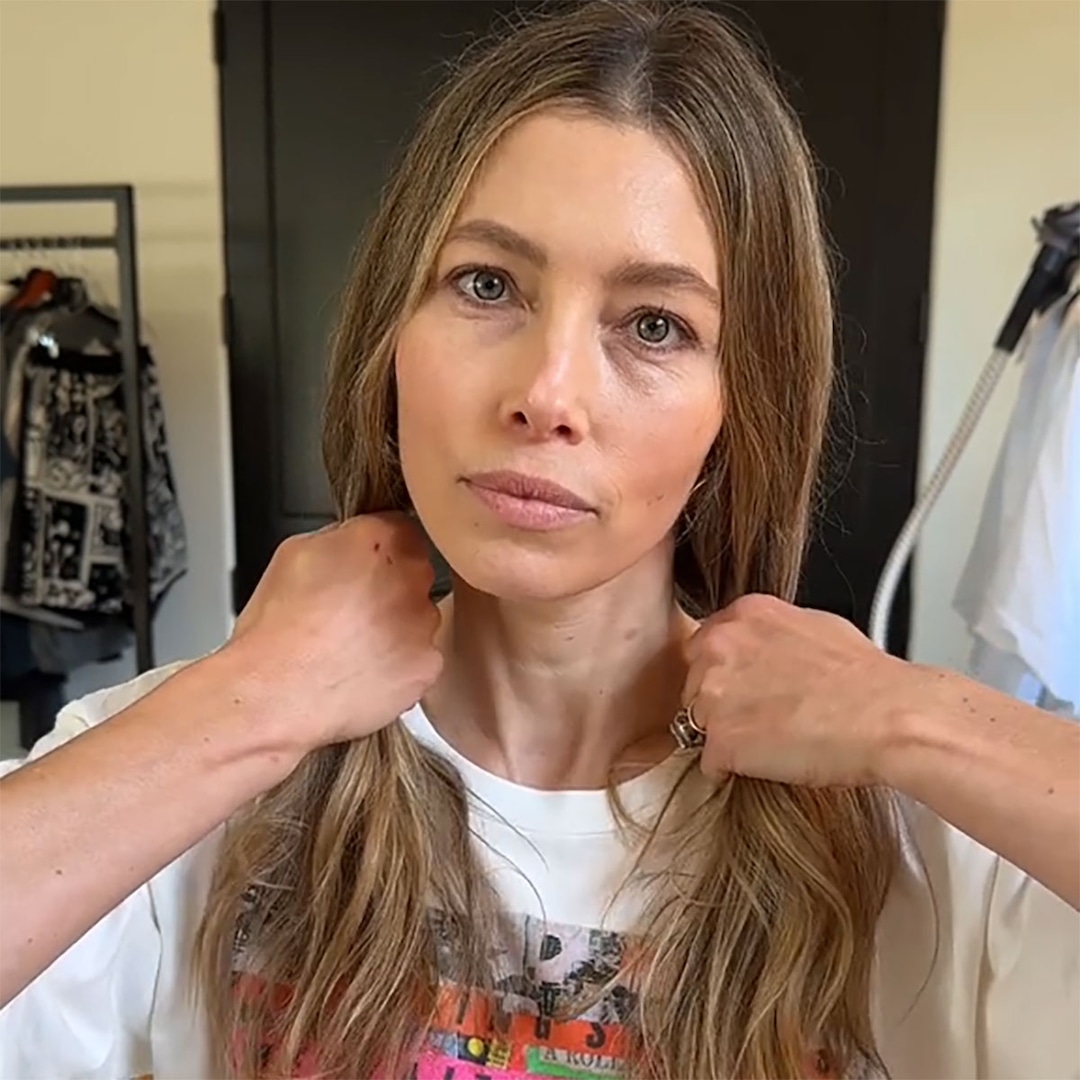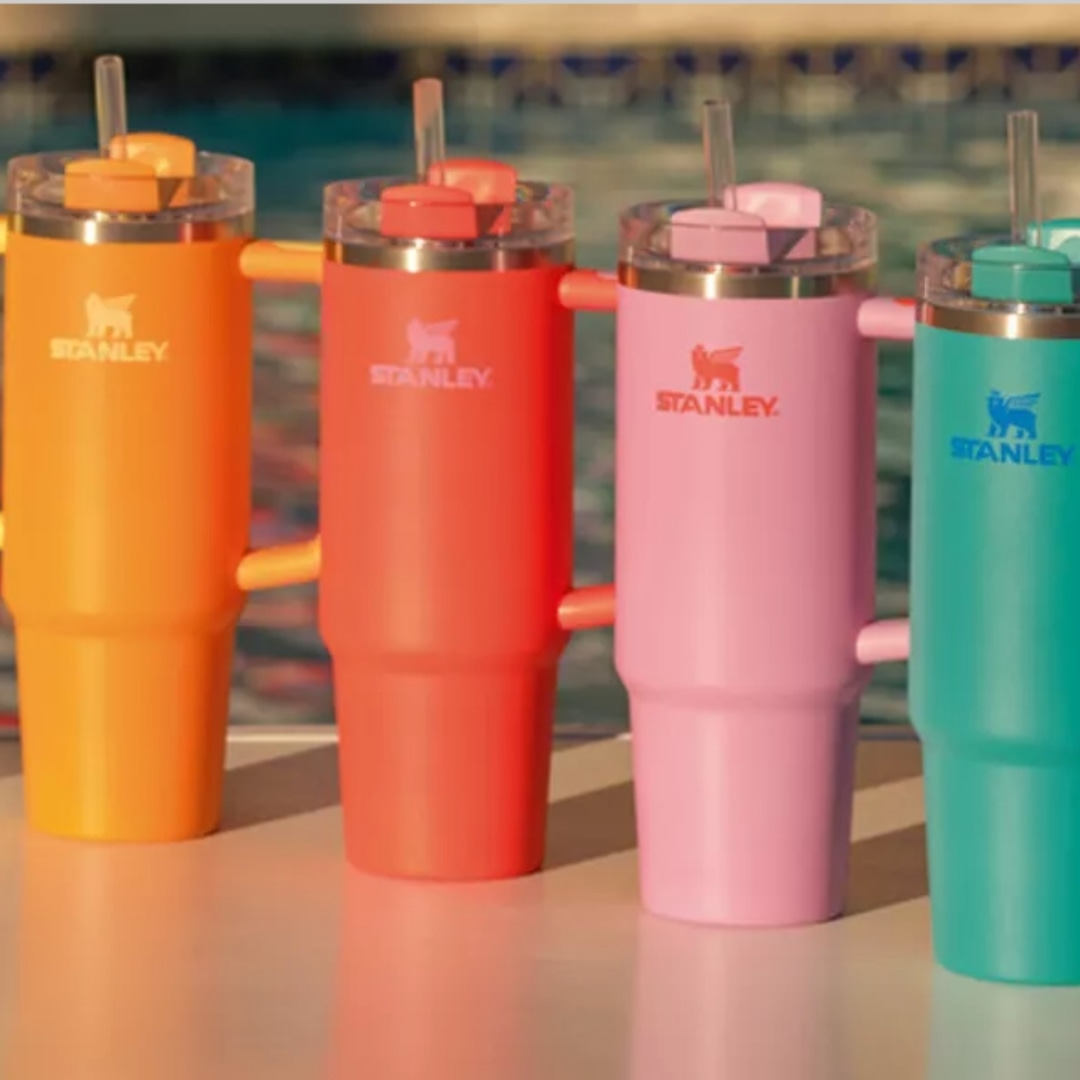Culture
Who Owns a Drawing That May Be Nazi Loot? A Judge Will Decide.

In 1964, Robert Owen Lehman Sr., a philanthropist and art collector who led the Lehman Brothers investment firm through the Great Depression, bought a small drawing by the Austrian artist Egon Schiele. A few weeks later, his son Robert Owen Lehman Jr. says, he received the drawing, a portrait of a rosy cheeked woman with a soft smile, from his father as a holiday gift.
Now, the drawing, created in 1917, is at the center of an unusual courtroom battle in which a foundation created by the son is defending its ownership of the work against claims from the heirs of two Jewish art collectors, who say their relatives lost the work during the Holocaust.
The collectors, Karl Mayländer and Heinrich Rieger, were associates of Schiele in Austria, and their heirs have each claimed ownership of “Portrait of the Artist’s Wife,” a depiction of Edith Schiele.
Mayländer was a textile merchant who is depicted in at least two Schiele portraits. Rieger was Schiele’s dentist. Both men were killed by the Nazis during World War II.
A bench trial that will examine ownership of the work began Tuesday in Rochester, N.Y., as the representatives of three families with Jewish roots started to present their claims on the drawing to a State Supreme Court judge.
Testimony is expected to last until the end of the month. Anticipated witnesses include a handwriting specialist from Vienna and experts on Schiele, an early-1900s Expressionist whose art has soared in value in recent years. The drawing at the center of the case is estimated to be worth several million dollars.
In court papers filed in advance of the trial, each of the parties outlined the evidence that they said would show their clients were the rightful owners. “At the end of the day, the Rieger heirs should go home with this artwork,” Claudia G. Jaffe, a lawyer for the dentist’s heirs, said in an opening argument.
The first witness to take the stand was Robert Owen Lehman Jr., 87, an award-winning documentary filmmaker who goes by Robin. He told the court that he had in the past been “boiling mad” over the dispute, which has lingered for eight years.
When the first set of heirs, the Mayländers, emerged, Mr. Lehman testified, he had been open to resolving their ownership claim. But, he said, that became complicated when a second group of heirs stepped forward. When he learned of the second claim, Mr. Lehman said, “I came to the conclusion that possibly two claims can’t be correct.”
In reaching a decision, Justice Daniel J. Doyle will have to consider circumstantial evidence, decades-old records and a provenance with significant gaps. The Robert Owen Lehman Jr. Foundation, to which Mr. Lehman gave the drawing in 2016, has said there are no surviving records of the drawing’s whereabouts from 1930 until 1964, a point that the competing heirs dispute.
Mr. Lehman’s foundation noted in court papers that neither the Mayländer nor the Rieger heirs had listed the drawing in “any database of stolen or looted works” for decades after World War II, suggesting that it was not seen as lost. The heirs have said that they have documents that clearly show their relatives owned the work and that the foundation or its experts did not properly investigate its provenance.
The case is noteworthy in part because of the Lehman family’s prominent position in American commerce and culture. Mr. Lehman is a great-grandson of Emanuel Lehman, one of three immigrant brothers who founded Lehman Brothers in 1850.
His father, Robert Owen Lehman Sr., ran the firm for decades and was a devoted art collector. After his death in 1969, nearly 3,000 of his works, by artists such as Goya, Matisse and Rodin, were donated to the Metropolitan Museum of Art, where they are housed in a wing named after him. “The Lehman Trilogy,” a play that traces the rise and fall of the family empire, recently appeared on Broadway.
Instead of joining the family investment business, which collapsed during the 2008 global financial crisis, Robert Owen Lehman Jr. studied music with the pioneering composer and conductor Nadia Boulanger, and then became a documentary filmmaker. He won Academy Awards in 1975 and 1976 for short nature-themed films and has lived in Rochester for years.
The dispute has also attracted attention because it involves Schiele, who died at the age of 28 during the influenza epidemic of 1918. Although the Nazis labeled his work as “decadent,” he is seen today as one of the most original and influential artists of his era.
Robert Owen Lehman Sr. paid 2,000 pounds, or about $5,600, for the drawing when he bought it from a London gallery, Marlborough Fine Art, Ltd. The 17-by-11-inch gouache and black crayon illustration was one of several drawings Schiele made of his wife, who also died of the flu in 1918.
Mr. Lehman’s foundation said in court papers that he received the drawing from his father in 1964 as a Christmas present and that it was displayed in his home in London until 1972. After Mr. Lehman and his wife divorced, she claimed that it had been destroyed, lost or stolen, according to court papers filed by the foundation. But when she died in 2013, the papers added, the Schiele drawing was found under her bed.
In 2016, Mr. Lehman said he gave the drawing to his foundation, which said in court papers that it planned to sell the work and use the proceeds to “promote the appreciation and public awareness of classical music and encourage the creation of new artistic work including musical composition.”
The ownership claims by the heirs of the Austrian collectors emerged soon after the foundation consigned the work for sale with Christie’s. To clear the work for auction, the foundation said, Christie’s reviewed its database of information about looted artworks, identified potential connections to Mayländer and Rieger, and then contacted representatives of their heirs. The drawing has remained with the auction house since it was consigned.
One pair of heirs, the Susan Zirkl Memorial Foundation Trust and its trustee, Michael D. Lissner, said that the work had been owned by Zirkl’s relative, Mayländer, who was deported in 1941 to the Lodz ghetto in German-occupied Poland, where he was killed.
After the war, artworks once owned by Mayländer came into the possession of an acquaintance of his, Etelka Hoffman, who sold several of them to a collector in 1960, according to the court papers filed by the Mayländer heirs. “Portrait of the Artist’s Wife” was included in the sale, according to the court filing, which says the drawing is identified in a contract signed by the collector and Hofmann as “Edith Schiele, seated, watercolored drawing, signed and dated 1917.”
But the Rieger heirs have cited other documents in asserting that the dentist, who was killed in a Nazi concentration camp in 1942, was the true former owner of the drawing. In their court papers they say the dentist had collected 120 to 150 watercolors by Schiele and that a magazine article along with a catalog and an invitation for a 1928 exhibition showed that those works included “Portrait of the Artist’s Wife.”
Avi Bar, one of the Rieger heirs, said in an interview that the case was important because “the justice of returning what was stolen during the Holocaust to the rightful heirs must be done.”
The Lehman foundation argues in its court filings that, although evidence indicated that Mayländer and Rieger had owned drawings of Edith Schiele, neither ever owned the one Robert Owen Lehman Sr. bought in 1964.
During testimony by Robert Owen Lehman Jr., he said that he “spent a good year trying to get those two parties and myself together to make some sort of equitable, fair division of the artwork.”
Although Mr. Lehman said he was frustrated by the failure of those efforts, he said he has sympathy for the heirs whose relatives suffered at the hands of the Nazis.






















